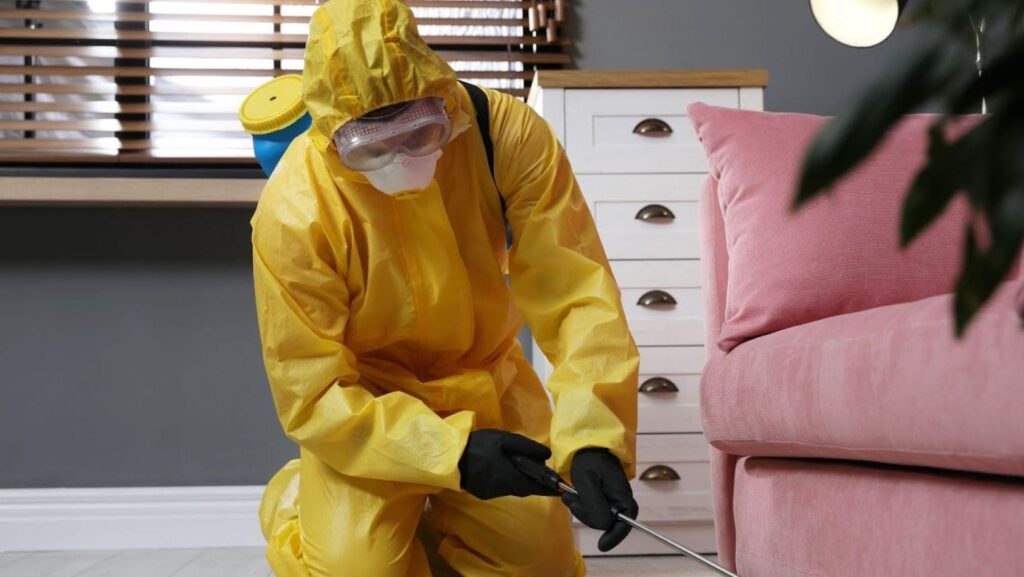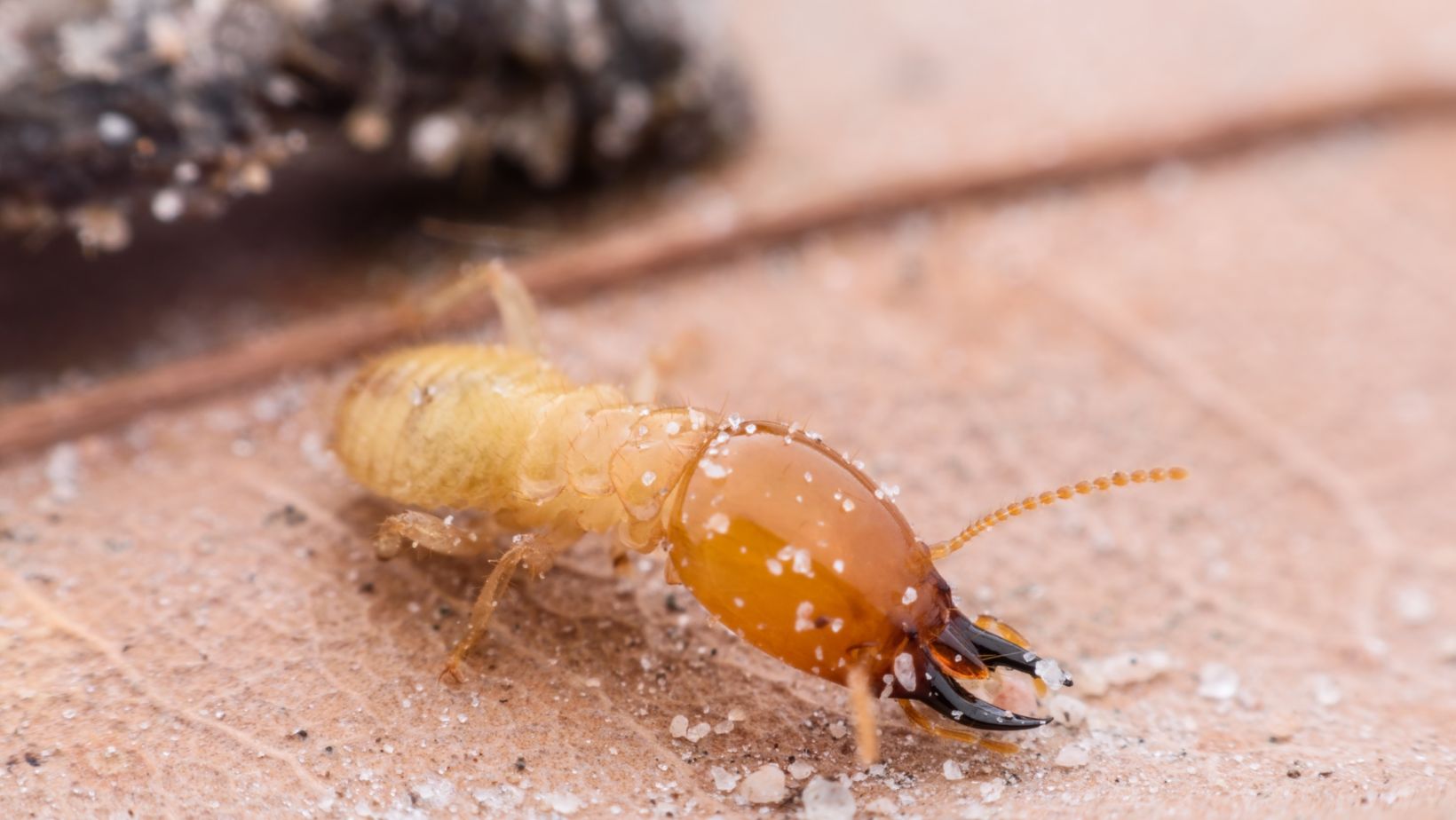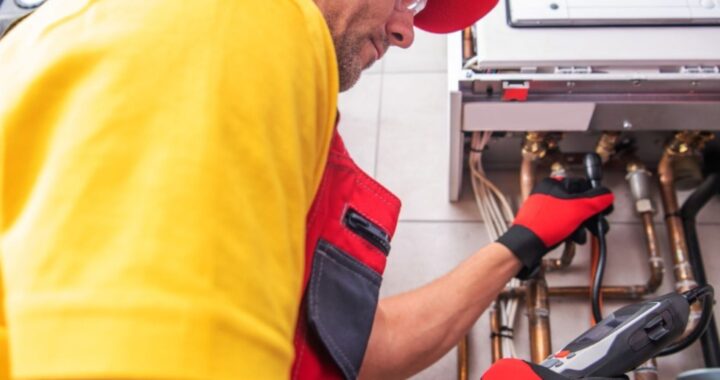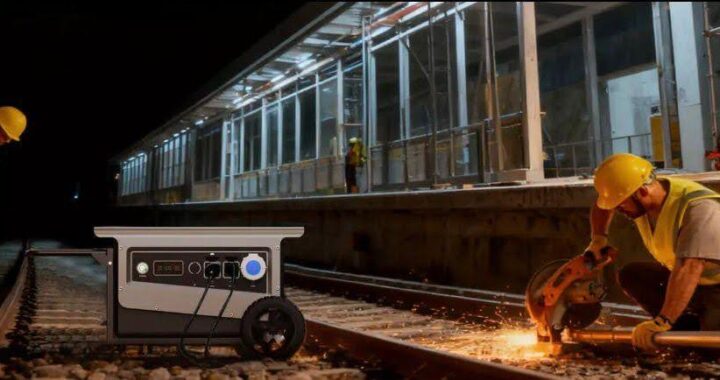Understanding the Steps Involved in a Comprehensive Termite Inspection

Termite inspections are crucial for maintaining the structural integrity and overall health of a property. These tiny destroyers can wreak havoc if left unchecked, potentially leading to significant repair costs and a decrease in property value. By conducting timely inspections, homeowners can save both money and hassle, preserving the worth and safety of their investment. This article aims to offer insights into the entire inspection process, from why it’s essential to the nitty-gritty of what happens during a professional evaluation.
Why Termite Inspections Are Essential
Termites might be small, but the damage they cause can be substantial. These insects feed on wood and can compromise the structural support of walls, floors, and ceilings. Over time, untreated infestations can result in expensive repairs, not to mention the potential danger posed by weakened structures. Structurally compromised buildings may pose serious hazards to occupants, affecting not just property health but personal safety as well. Regular inspections act as an early detection system, cutting off infestations before they escalate into major problems, thereby preventing long-term damage and associated costs.
Preparing for a Termite Inspection
Preparing for a termite inspection involves several steps. The first thing homeowners should do is to keep an eye out for any initial signs of a potential termite problem. Winged termites or their discarded wings near window sills, mud tubes along walls, or hollow-sounding wood can all indicate an infestation. Once there’s a suspicion of termite presence, it becomes essential to choose a reputable termite inspection company. Look for professionals with certification and positive reviews from past clients. Collecting your property’s history, including previous inspection reports and any past infestations, helps provide the inspector with valuable context. Remember, homeowners play a pivotal role in ensuring the inspection is thorough; providing clear access to hard-to-reach areas will aid inspectors in doing their job effectively.
The Process of a Thorough Termite Inspection
A termite inspection typically commences with an external evaluation. Inspectors check the property perimeter for evidence of termite activity, such as mud tubes, damaged wood, and visible termites. They’ll look for areas where wood comes into contact with soil, as this can be a direct route for termites to enter a home. Following the external inspection, the inspector will move inside, examining basements, crawl spaces, attics, and other areas particularly prone to moisture, which termites love. Technologies such as moisture meters and thermal imaging cameras are employed to detect hidden termite infestations inside walls or floors. The time frame for an inspection can vary depending on the property’s size, but homeowners can generally expect the process to last a few hours.
Common Findings During Termite Inspections
During an inspection, typical signs that inspectors may come across include active mud tubes, live termites, or damaged wood. An inspector can distinguish between active infestations—where termites are still present—and old damage that no longer poses an immediate threat but still requires repair.
In Australia, species like the Coptotermes acinaciformis or the Schedorhinotermes intermedius are often encountered, each presenting unique threats and behaviours. Understanding these species helps determine the right treatment approach if an infestation is found. Inspectors will also note termite hotspots, such as dense wood piles, untreated fences, or anywhere wood might be exposed to moisture.
Post-Inspection Steps and Prevention Strategies
Upon receiving the inspection report, homeowners should carefully review its findings. The report will outline whether termites were found and recommend the appropriate response. If termites are present, treatment options may include chemical treatments that form barriers to stop termites or baiting systems to eliminate colonies. Preventive measures play a crucial role in termite management; keep wood away from foundations, fix leaking taps or pipes, and ensure proper ventilation in moisture-rich areas. Regular follow-up inspections help to ensure ongoing protection against future infestations and allow for early intervention if termites are detected again.
Conclusion
Regular termite inspections are an essential practice in safeguarding the value and safety of a property. Professional inspections not only identify active infestations but also prevent structural problems before they can develop into costly repairs. With a proactive mindset and by enlisting professional services, homeowners can effectively ward off the peace-disrupting presence of termites. If any signs of termites are suspected, it is highly recommended to seek professional assistance immediately to keep the pesky pests at bay and ensure the protection of property investments for the long haul.


 Opulent Places Around the World that Homeowners Can Draw Inspiration From
Opulent Places Around the World that Homeowners Can Draw Inspiration From  How Often Should You Book a Tankless Water Heater Service in Georgetown?
How Often Should You Book a Tankless Water Heater Service in Georgetown?  How Can Industrial Power Station Choose Compliant and Economical Emission Reduction Paths?
How Can Industrial Power Station Choose Compliant and Economical Emission Reduction Paths?